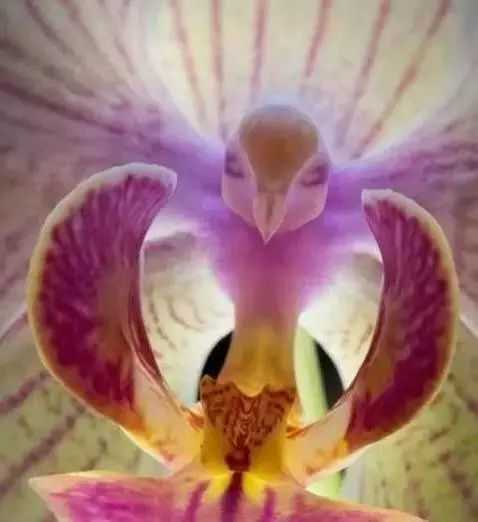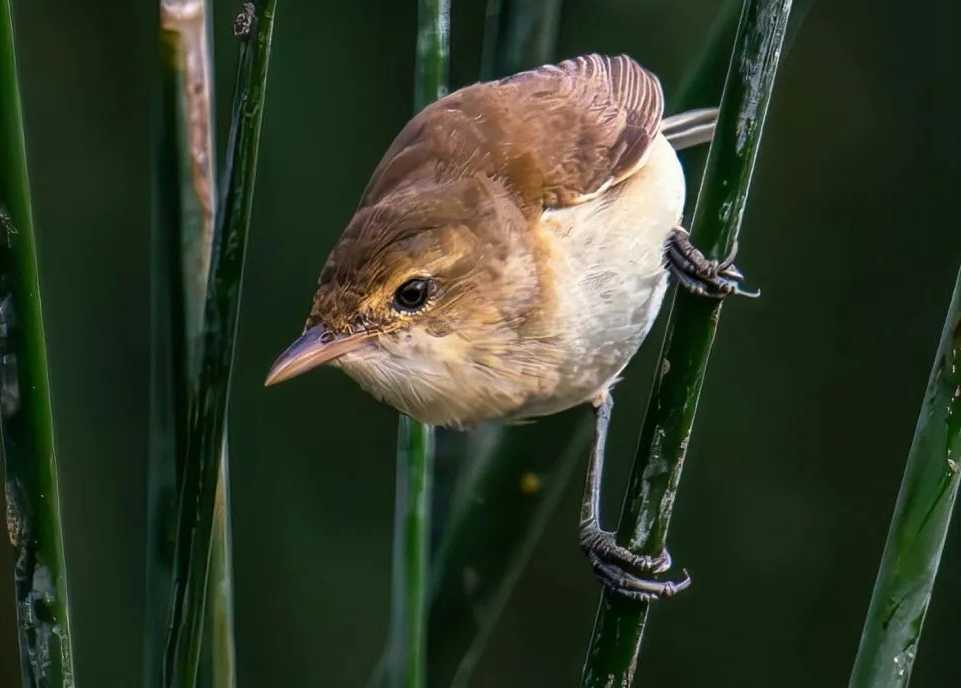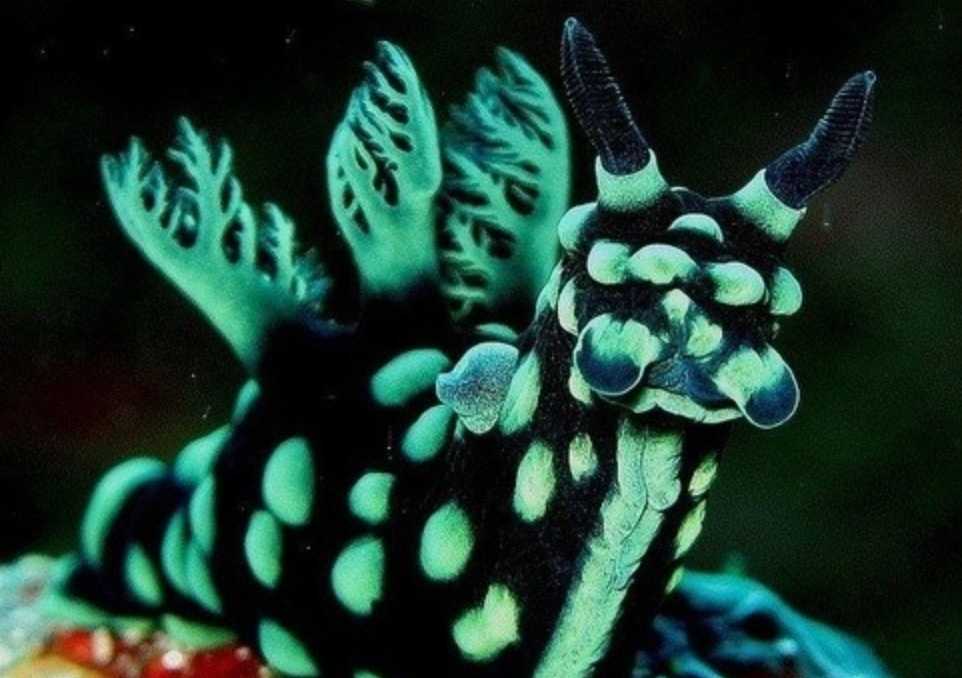Exquisite Phalaenopsis: The Orchid that Captivates the WorldPhalaenopsis, commonly known as the Moth Orchid, is one of the most beloved orchid genera worldwide, celebrated for its elegant blooms and remarkable adaptability. Native to tropical and subtropical regions of Asia, from India to the Philippines and Australia, these epiphytic plants have become a symbol of beauty in horticulture, gracing homes, gardens, and floral arrangements with their timeless charm.
June 16, 2025, 2:06 pm EDT

Source: Images from the Internet, if there is any infringement, please contact the removal of









